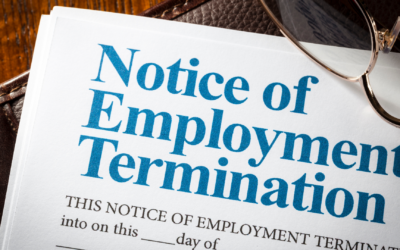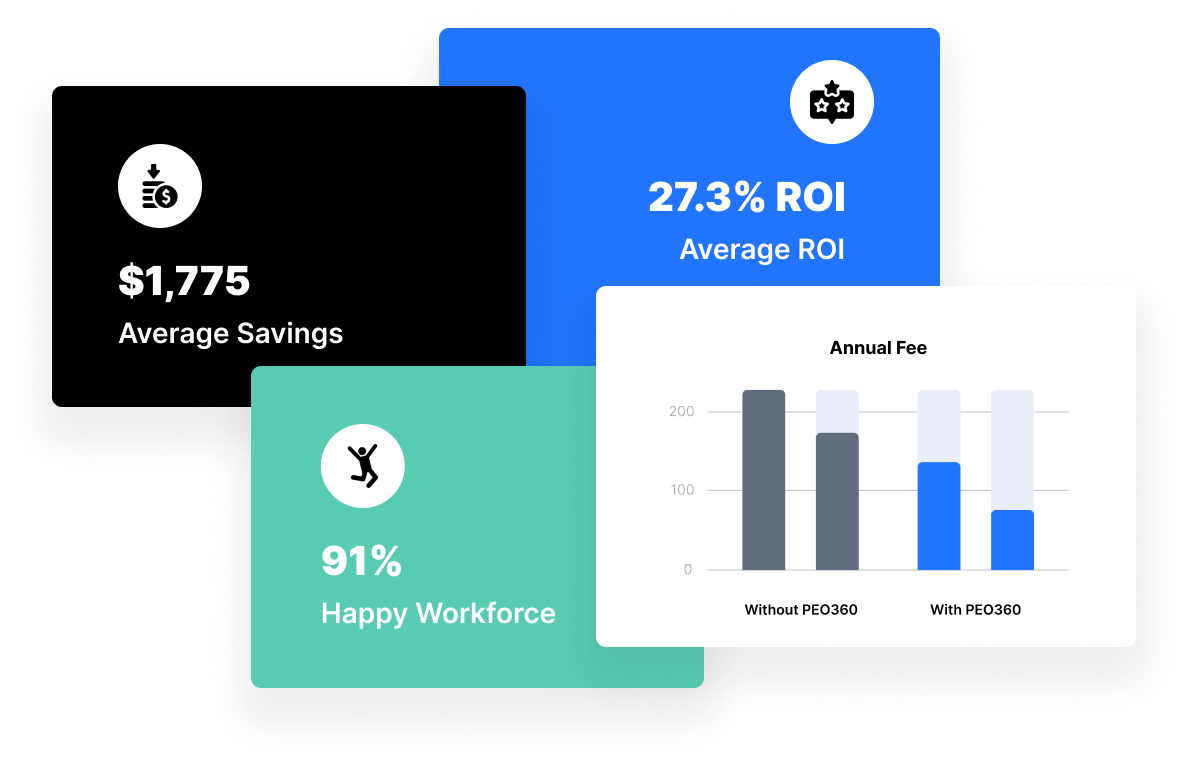As we approach the end of 2024, many of us are turning our thoughts to holiday plans, New Year’s resolutions, and wrapping up Q4 initiatives. For business leaders, however, this season comes with its own set of tasks to ensure a smooth transition into 2025. Our team has assembled a comprehensive list of reminders to help you cover all essential year-end bases.
Whether you’re a founder, HR manager, or part of an operations team, the end of the year is an ideal time to review critical business practices, prepare for the upcoming quarter, and set the stage for a successful new year.
1. Collaborate with PEOs for Year-End Tasks
If your company partners with a Professional Employer Organization (PEO), coordinate with them to finalize key year-end items. From preparing W-2s for employees to 1099s for contractors, PEOs can handle much of the year-end administrative load, ensuring compliance and accuracy. Double-check these items with your PEO to prevent delays or last-minute issues.
2. Prepare for Q1 Renewals: Benefits Open Enrollment
Benefits open enrollment is a major year-end task that can impact Q1 and employee satisfaction in the coming year. Make sure you’re aware of all deadlines and complete any open enrollment steps well before they close. Check the dates for *all* benefit plans, including health, dental, vision, and any other supplemental offerings, so employees have ample time to make informed choices.
3. Encourage Employees to Review 401(k)s, HSAs, and FSAs
The end of the year is also the deadline for many tax-advantaged accounts, like Health Savings Accounts (HSAs) and Flexible Spending Accounts (FSAs). Remind employees to check their contributions and take advantage of employer matches for 401(k)s, where applicable. Giving employees a gentle nudge now can help them maximize tax benefits and manage their savings for the upcoming year.
4. Send PTO & Vacation Reminders
If your company has a Paid Time Off (PTO) policy allowing employees to carry over unused vacation, remind them to use their accrued time. Some companies may also allow a limited amount of rollover, while others have a “use it or lose it” policy. Either way, reminding employees of their remaining days now will help avoid a last-minute rush to use time or process carryover requests.
5. Review the Company Handbook & Policies
It’s good practice to review and update your company handbook at least once a year. This might involve incorporating legislative updates, refreshing company policies, or even reflecting evolving workplace standards. Take time to review your handbook, seek input from leadership, and plan to communicate any major changes to your employees.
6. Ensure Compliance with Federal & State Postings and Record-Keeping
This one may be less visible, but it’s a critical compliance task: make sure all federal and state-mandated postings are current and accessible. Confirm that record-keeping practices align with legal requirements. This review helps prevent potential legal or audit-related headaches and ensures your organization remains compliant with all state and federal regulations.
7. Verify Completion of Required Trainings
Year-end is an opportune time to ensure employees and managers have completed all mandatory training. Whether it’s safety, compliance, or leadership development training, confirm that everyone is up to date. This task can help your team start the new year with a fresh slate and renewed commitment to professional growth.
8. Gather Employee Feedback with Satisfaction Surveys & Performance Reviews
Employee satisfaction surveys and annual performance reviews are invaluable tools for gauging team morale and setting the tone for the year ahead. Consider conducting these now so that you can act on feedback and recognize achievements. Surveys can provide a pulse on employee engagement, while performance reviews allow managers to align on goals for 2025.
9. Determine Year-End Bonuses & Plan for Off-Cycle Payroll
If your organization awards year-end bonuses, finalize amounts and ensure payroll processes are ready to handle any off-cycle payments. Transparency around bonuses can increase employee morale, and having a well-organized payroll plan can help avoid last-minute issues or delays.
10. Engage in Strategic Planning for 2025
Finally, take the time to align with your leadership team on strategic goals for the coming year. Reflect on the achievements and challenges of 2024 and use those insights to set realistic and inspiring goals for 2025. Strategic planning now can provide a head start, positioning your organization to make the most of the new year’s opportunities.
Wrapping Up the Year with Confidence
This checklist may seem extensive, but each task is important in creating a strong foundation for the coming year. We’re here to support you every step of the way. If you have questions or need guidance, feel free to reach out. Here’s to a smooth and successful end to 2024—and an even brighter 2025!





